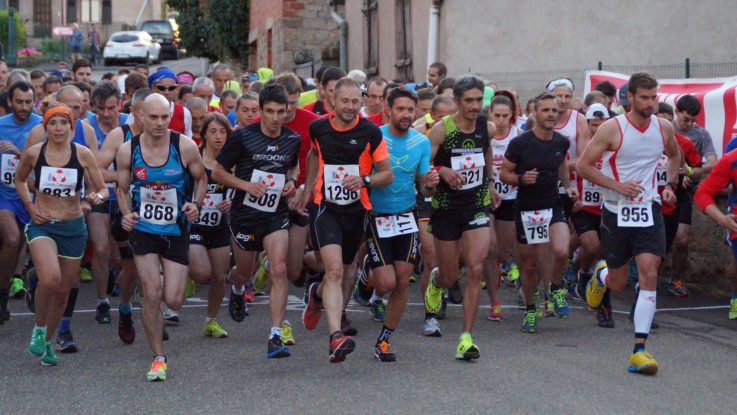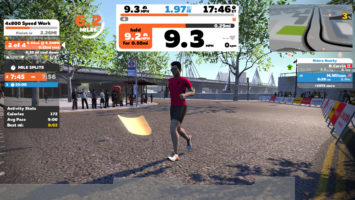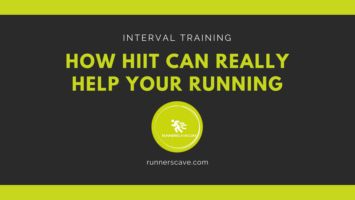
Introduction
One of the best feelings I’ve ever had in my life was crossing that finish line when I did my first half marathon. It was sensational to be running with all those other people, suffering together, sweating together, and putting our bodies through their limits together. I’m now going to show you how to train for a half marathon.

I became interested in running longer distances when I watched a full marathon over here in Seville. Seeing people finishing the race was such a motivation, and I thought, I can do that. So I did some reading, and from what most people said it was best to start with a half marathon and take it from there and test whether your body can handle long distances.
I ran a half marathon in Cordoba, and my time was about 1 hour and 50 minutes. The training was tough, arduous work, but I became fitter and stronger quite quickly. I’d done 10k in 50 minutes before, so I was happy to get under 2 hours and set myself up for a 4-hour marathon.
But soon afterwards I had to stop training for the full marathon because I was getting chest pains. I had a few tests, and in the end, it turned out to be just chest muscles rubbing together where my ribs were. Since then I haven’t been able to run a half marathon, or a full one, not yet anyway.
Things to consider if you want to train for a half marathon.
Get your average running time up
By the time I’d started training for my half marathon, I was running 5km four times a week, so I was in quite good shape.
It’s essential to get up to this level if you want to run for two hours in one stint. Your body needs to be able to handle this sort of distance to start with. If you are a beginner, start by walking, then gradually build it up to running until you can go for 5km without stopping. Then you can focus on the main event.
Long run day

Make time in your schedule for a long run day. This is the day that you’ll increase the distance each week, generally by 1km. You can bump up the range by less if you have enough time before race day.
At the start, it may be easier to go up by a kilometre per week, but as you get up to the 10km point, you’ll start to notice the difference, especially if it’s your first time. This is when you’ll know whether you’re cut out for it or not. If you find it hard to increase by a kilometre per week, you can try walking halfway through your long run, do a bit of stretching, and set off again.
A good starting point is to find a half marathon in about 20 weeks. That will give you enough time to prepare yourself gradually. There will be weeks when you might not be able to do a long run day; you could get ill, or be on holiday, so by giving yourself enough time you won’t feel any unnecessary pressure. This way you’ll avoid injury and avoid letting negative thoughts get in your head.
I used to have my long run day on Friday because I usually had a free morning. I’d run along the river, so I knew how to increase my distance per week. It was hard work. On the other two or three run days, I only did about 5km or 7km towards the end of the training period. I did these runs quicker though.
Plenty of rest and stretching
You want to leave at least a day’s rest between a short run and before your long run day. This will and you have the energy you need. Rest the day after as well, your body will appreciate it.
Spend a few minutes warming up and cooling down. Your muscles need to be warmed up before you do your big run, and they’ll need to cool down once you finish.
Before race day

They say you shouldn’t run the 21km until actual race day. I think I got up to about 18km, leaving myself 3 km more for race day, but I’m not sure that was wise.
If you can do a 21km run a week or two before race day, then you’ll be in better shape for the actual race, and know how it feels.
Running a half marathon takes time, commitment, and you’ll feel pain. But it’s a great feeling when you participate in a race, and when you cross that line, you’ll be buzzing with adrenaline. Hopefully, unlike me, you can go on to do the full marathon.
That’s how to train for a half marathon – Best of luck and let us know how it goes!





Leave a Reply